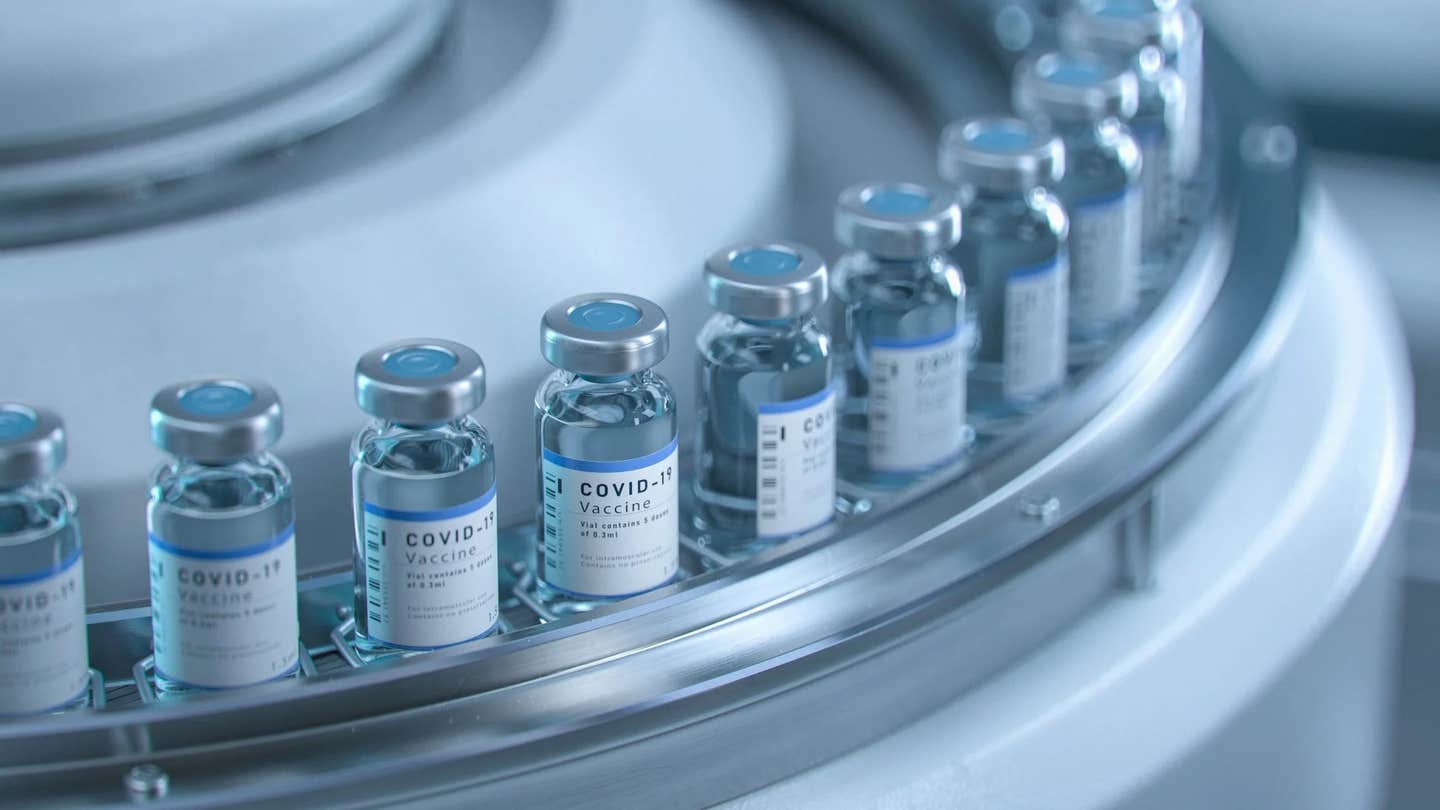New portable testing device rapidly detects HIV and COVID-19 with high accuracy
A new glowing virus test from Mass General Brigham called LUCAS offers fast, portable, and accurate results without lab tools or power.

LUCAS is a new glowing virus test that gives accurate results fast without needing lab equipment. (CREDIT: CC BY-SA 4.0)
Scientists at Mass General Brigham have developed a powerful new tool called LUCAS (Luminescence CAscade-based Sensor). Unlike older virus detection tests, LUCAS is fast, portable, and incredibly accurate. It works by using an enzyme that creates a glow, similar to the one fireflies produce. This glow helps doctors and researchers see tiny virus particles, even in messy samples like blood or saliva.
The team published their study in Nature Biomedical Engineering, showing that LUCAS delivers signals that are 500 times brighter and last eight times longer than traditional tests. These stronger light signals mean it can detect viruses like HIV and COVID-19 faster and more reliably.
Dr. Hadi Shafiee, one of the lead researchers, explains, “Finding an HIV particle in human blood is like trying to find an ice cube in a jelly-filled Olympic pool while blindfolded.” But LUCAS changes the game by shining a steady, bright light on these hard-to-find particles.
How the Glow Works
Most rapid tests rely on color changes or chemical reactions, but they often struggle with accuracy. Fluorescent signals fade quickly, and background noise can interfere. LUCAS avoids these problems by using bioluminescence. This process uses luciferase, the same enzyme that makes fireflies glow. When luciferase meets a molecule called luciferin, it gives off light.
The problem with past tests was that the light would quickly fade. LUCAS fixes this with a smart enzyme trick. It adds another enzyme, beta-galactosidase, that slowly releases luciferin over time. This keeps the reaction going and the light glowing. The result? A steady, clear signal that makes virus detection much easier.
Tests show that LUCAS produces 515 times more light than non-LUCAS systems. Even after an hour, the light stays at 96% of its original strength. This makes it ideal for clinics, homes, or even rural settings where lab access is limited.
Related Stories
Speed, Accuracy, and Simplicity
The research team tested LUCAS on over 300 samples containing different viruses like HIV, hepatitis B and C, and COVID-19. The samples came from swabs or blood draws. In all cases, LUCAS gave results in under 23 minutes. Its average accuracy across all tested viruses was above 94%.
This kind of performance matters. Quick, dependable results mean doctors can make faster decisions. People living far from labs can still get high-quality testing. And unlike older tests that need lots of handling or training, LUCAS is simple enough for anyone to use.
The device doesn’t need special lab tools or even electricity. It runs on its own, making it perfect for both hospitals and field clinics. Importantly, untrained users got results nearly identical to those of trained technicians.
Why LUCAS Outshines Others
Past methods often used luciferase enzymes directly tied to antibodies. That made them unstable. By day two, their signal would drop by 77%. By day three, it was gone entirely. LUCAS avoids this by connecting beta-galactosidase to the antibodies instead. This enzyme keeps working even after it’s linked up, holding 98% of its strength after four days.
To confirm how long the light lasts, researchers placed the enzymes in test plates and tracked the glow. LUCAS held strong, losing less than 4% of its signal after an hour. Non-LUCAS systems lost more than 25%. That matters when doctors or patients need to make fast, confident choices.
The team also discovered that they could fine-tune how bright the glow was. By adjusting how much of each enzyme was used, they could increase the reaction speed and overall brightness. The smallest amount of enzyme needed for LUCAS to work was over 500 times less than the amount required by older systems. That means stronger results with fewer resources.
Designed for the Future
Creating something as advanced as LUCAS meant carefully preparing all the parts. Researchers made antibodies that latch onto viruses and combined them with magnetic beads to help pull out virus particles. They confirmed that each part worked through color tests and chemical checks.
They also tested whether the process could handle real-world conditions. Using samples spiked with virus particles, they proved LUCAS could detect even low amounts of infection. Whether the virus was HIV, hepatitis B, hepatitis C, or SARS-CoV-2, the system performed well.
A key part of LUCAS’s design is the ability to grow with new needs. As new viruses or disease markers emerge, LUCAS can be adapted to detect them. This could be helpful for things beyond infections, such as finding early signs of Alzheimer’s disease.
Dr. Sungwan Kim, a postdoctoral researcher at Brigham and Women’s Hospital, put it this way: “We want to make early detection easier than it’s ever been and push personalized care into a new era.”
A Tool With Global Impact
LUCAS isn’t just another test. It represents a shift in how we think about diagnostics. The need for simple, accurate, and affordable tools has never been greater. Diseases spread quickly, and many parts of the world don’t have access to large labs or expensive equipment.
This technology can help bridge that gap. It opens the door for communities to manage their health more independently. And by reducing the cost and time needed for testing, it also supports faster public health responses.
While LUCAS still has room to grow, its first results are promising. It shows how blending biology and engineering can lead to tools that are smart, effective, and widely useful. With more testing and development, this glowing test could become a new gold standard in medical diagnostics.
Note: The article above provided above by The Brighter Side of News.
Like these kind of feel good stories? Get The Brighter Side of News' newsletter.



